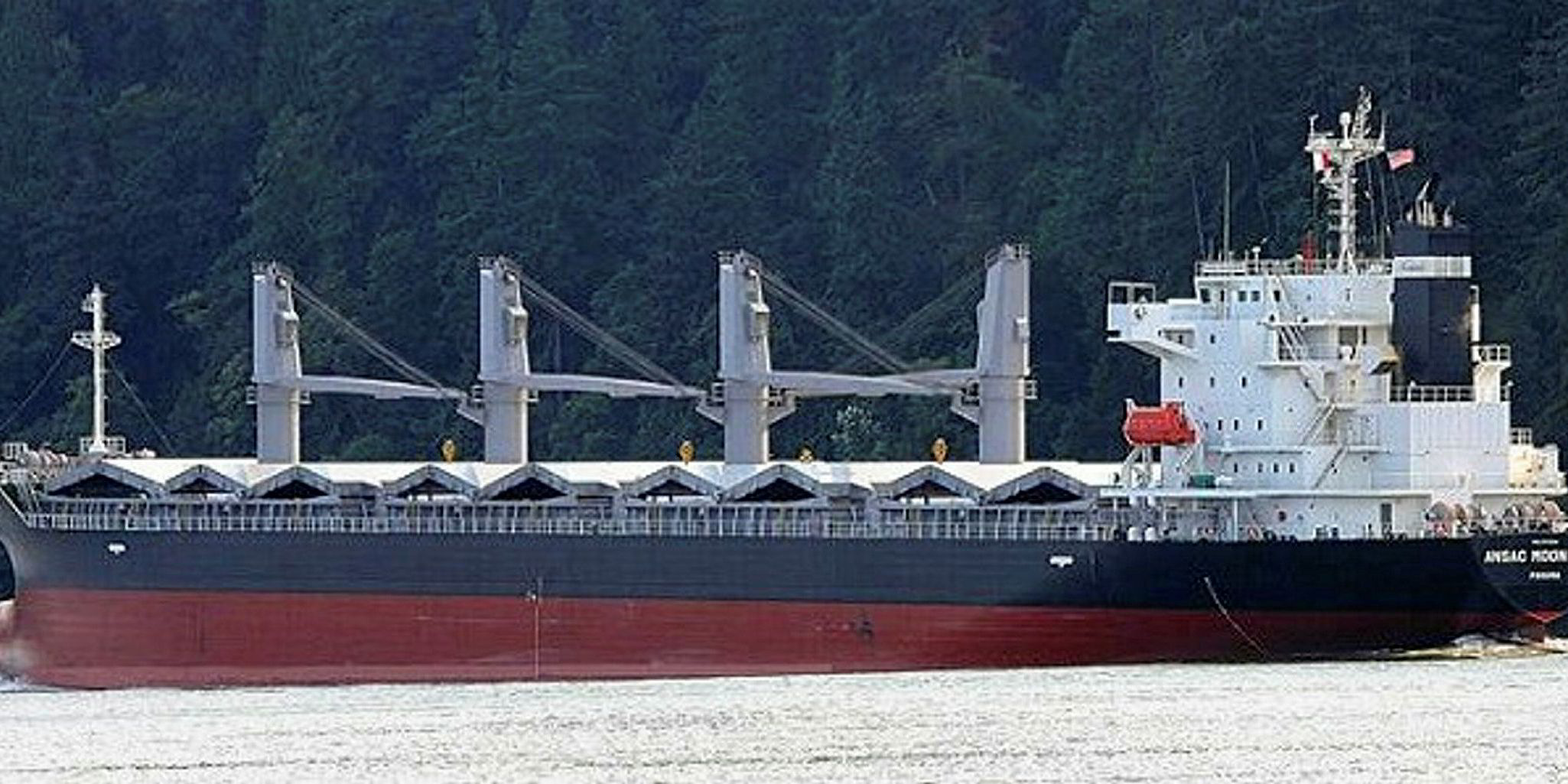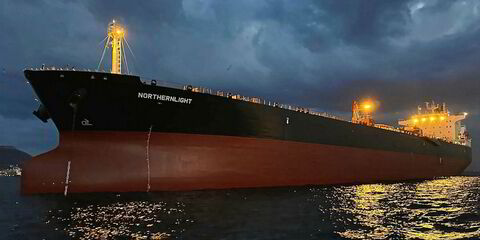US authorities have fined a ship operator $5,000 for an unauthorized ballast water discharge in waters in the US state of Oregon.
The infringement was discovered during a routine port state control ballast water examination on the 33,200 bulker Ansac Moon Bear (built 2017).
The US Coast Guard (USCG) discovered that the vessel had discharged untreated ballast water into the Willamette River, Portland on three separate occasions during port calls in 2017.
“As part of the port state control exam, log books were reviewed during administrative evaluations by the marine inspectors, which led to the ballast water discharge discovery,” the USCG said.
As part of the enforcement process, prior to the ship's departure its operator was required to either pay the $5,000 Notice of Violation fine or provide a Letter of Undertaking in the amount of $38,175 as adequate surety that it will pay the fine assessed in the civil penalty process, up to the maximum penalty amount.
Shortly after issuance of the notice of violation fine the company operating the vessel paid the fine with minimal disruption to the vessels schedule, the USCG said.
“Marine Safety Unit Portland effectively identified and enforced the US Ballast Water regulations that visiting vessels are required to meet,” said a USCG spokesperson.
“These regulations are essential to protecting our marine environment as untreated ballast water may pose serious ecological, economic, and health problems due to the multitude of marine species carried in ships’ ballast water.
“This is a recent reminder that vessels have an obligation to ensure compliance with the mandatory rules and regulations that protect US waters.
“The purpose of the US ballast water management regulations is to implement the provisions of the Non-indigenous Aquatic Nuisance Prevention and Control Act of 1990.
“Violations of the US ballast water regulations can result in costly delays to vessels and civil enforcement action against the vessel’s master, owners, or operators.”
USCG marine inspectors are said to inspect nearly 530 foreign vessels a year in an effort to prevent environmental or public impact from invasive species unnatural to the Pacific Northwest.



